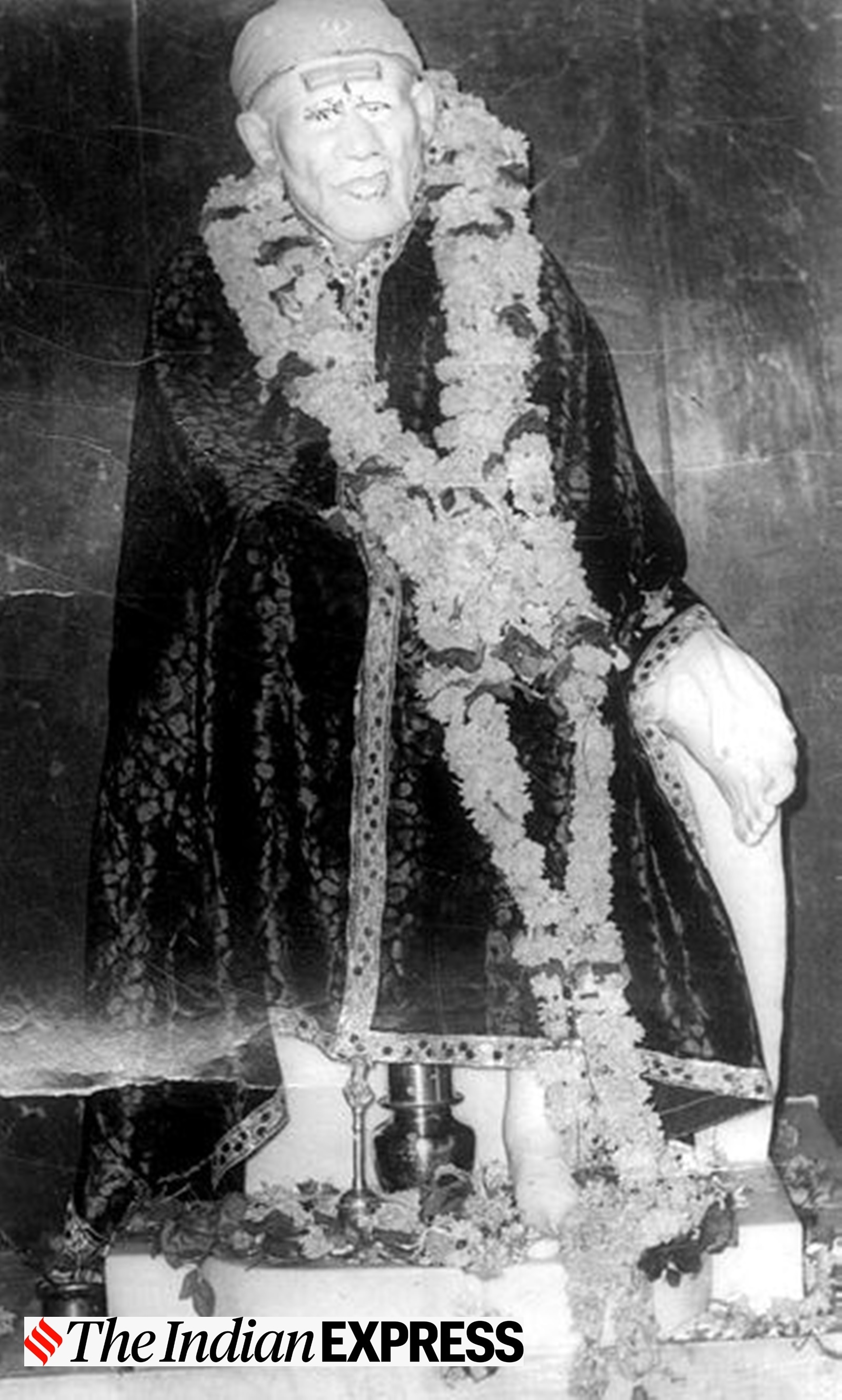📣 For more lifestyle news, click here to join our WhatsApp Channel and also follow us on Instagram
As Katrina Kaif seeks blessings at Shirdi Sai Baba Temple with mother-in-law; a look at the shrine’s significance
The temple is not just a religious destination but also a symbol of peace and healing, attracting pilgrims seeking blessings and spiritual solace.
 Katrina Kaif visited the famous Shirdi Sai Baba Temple recently (Source: Express Archives)
Katrina Kaif visited the famous Shirdi Sai Baba Temple recently (Source: Express Archives)Actor Katrina Kaif was recently spotted visiting the famous Shirdi Sai Baba Temple with her mother-in-law, Veena Kaushal, a place revered by millions for its spiritual significance. Kaif was seen seeking blessings at the temple, looking stunning in an all-white traditional outfit.
The temple, located in Shirdi, Maharashtra, is dedicated to Sai Baba, a spiritual leader who is believed to have performed many miracles during his lifetime. Sai Baba’s teachings of love, unity, and devotion continue to inspire devotees worldwide.
The temple is not just a religious destination but also a symbol of peace and healing, attracting pilgrims seeking blessings and spiritual solace. But what makes Shirdi so significant, and when is the best time to visit this sacred site?
View this post on Instagram
Historical background
The Shirdi Sai Baba Temple is a renowned pilgrimage site located in the small town of Shirdi in Maharashtra, India. It is dedicated to Sai Baba, a revered spiritual master who lived in Shirdi during the late 19th and early 20th centuries.
Born around 1838, Sai Baba was an enigmatic saint who transcended religious boundaries, preaching universal love, compassion, and unity between Hindus and Muslims. According to Skyscanner, “It is the former home to the spiritual guru, Sai Baba, whose mark is still imprinted with a Samadhi Mandir here.”
Sai Baba arrived in Shirdi as a young man and spent most of his life in this small village. Initially living as an ascetic under a neem tree, he gradually gained a reputation for his spiritual wisdom, miraculous healing powers, and profound teachings. His philosophy of ‘sabka malik ek’ (one God governs all) became a powerful message of religious harmony during a time of significant social and religious tension in India.
Architectural significance
The temple complex is a remarkable example of Indian religious architecture, blending traditional design with contemporary elements. The main shrine, where Sai Baba’s sacred samadhi (final resting place) is located, is constructed of white marble and features intricate carvings and decorative elements that reflect both Hindu and Islamic artistic traditions.
Travelogy India elaborates, “Right next to the temple, there is a large stone under a tree. It is said that Sai Baba used to sit on the stone to meditate and preach. A large portrait of the saint is placed on the stone. A small lamp has been burning since the construction of the temple. This region is called Dwarkamayee Masjid or Dwarkamai. This is the only religious site where you can find a mosque inside a temple.”
Key architectural highlights include:
- A golden pinnacle (kalash) atop the main temple
- Beautifully carved marble pillars
- Detailed wall paintings depicting Sai Baba’s life
- Spacious prayer halls that can accommodate thousands of devotees
- Multiple shrines and memorial sites within the complex
 An idol of Shirdi Sai Baba at Sai Temple, Shirdi. (Source: Express Archive photo)
An idol of Shirdi Sai Baba at Sai Temple, Shirdi. (Source: Express Archive photo)
Spiritual significance and practices
The temple is an architectural marvel and a powerful spiritual center attracting millions of devotees annually. Sai Baba is believed to have extraordinary spiritual powers, and pilgrims visit seeking blessings, healing, and guidance.
Daily rituals include:
- Morning Kakad Aarti at 4.30 am
- Midday Noon Aarti
- Evening Dhoop Aarti
- Special Thursday palkhi (palanquin) celebrations commemorating Sai Baba’s spiritual significance
Culinary delights of Shirdi
The region around Shirdi offers a rich culinary experience that reflects Maharashtra’s vibrant food culture:
- Maharashtrian Thali: A traditional meal featuring multiple dishes like puran poli, vada, bhakri, and various local curries.
- Prasad from the Temple: Simple, nutritious meals served to devotees, typically consisting of khichdi, sweet sheera, and buttermilk.
- Local Street Food:
- Vada Pav: A popular street snack with batter-coated potato and bread
- Misal Pav: A spicy curry served with bread
Best times to visit
Seasonal recommendations
- October to March: Ideal visiting period with pleasant weather
- Temperatures range from 15°C to 30°C
- Least crowded months: January and February
📣 For more lifestyle news, click here to join our WhatsApp Channel and also follow us on Instagram


- 01
- 02
- 03
- 04
- 05

























